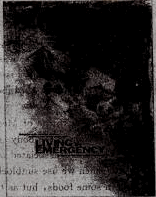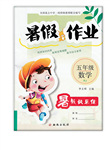阅读理解
Doctors Without Borders, which was set up in 1971 by.doctors and journalists in France, is a humanitarian(人道主义的)organization also known by its French name.Medecins Sans Frontieres, and handles emergencies caused by wars, infectious diseases and natural disasters.Today, the group provides humanitarian medical aid in nearly sixty countries.It has organizations in nineteen countries, including the United States, Australia, Canada, France and Germany.

Ninety percent of its money comes from private sources.
In 1999, the group received the Nobel Peace Prize.
“Living in Emergency:Stories of Doctors Without Borders” is a documentary by movie director Mark Hopkins.It tells the story of four doctors and their volunteer work in Liberia and the Democratic Republic of Congo.
Mr.Hopkins and his crew filmed the doctors working under some of the most extreme and dangerous conditions.
Doctor Tom Krueger from the United States in the film volunteered in Liberia in 2003, after two civil wars.He said, “It was pretty much of a shock when I got here.You can't describe the smells, the feeling of the heat on your body and the sweat running down your back.The smell of the pus(脓)that hits your nose, and of unwashed bodies in a closed room."
Another doctor ill the film, Australian Chris Brasheer, has been with Doctors Without Borders for nine years.He has served in the Democratic Republic of Congo and spent time in Liberia.Hs said, "No water, no electricity, no food-pretty apocalyptic really."
Doctor Chiara Lepora from Italy also appears in the film.She spent several years working with the group.She said, "I will probably return.There are a lot of doctors who are willing to volunteer ones, but not many doctors who are willing to repeat their experience."

 暑假作业暑假快乐练西安出版社系列答案
暑假作业暑假快乐练西安出版社系列答案